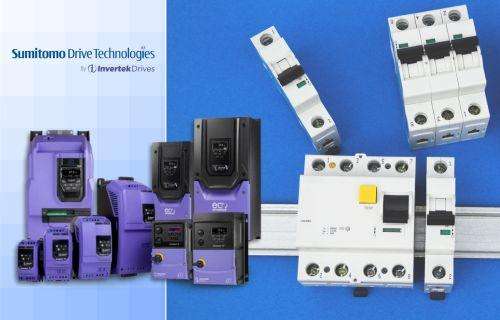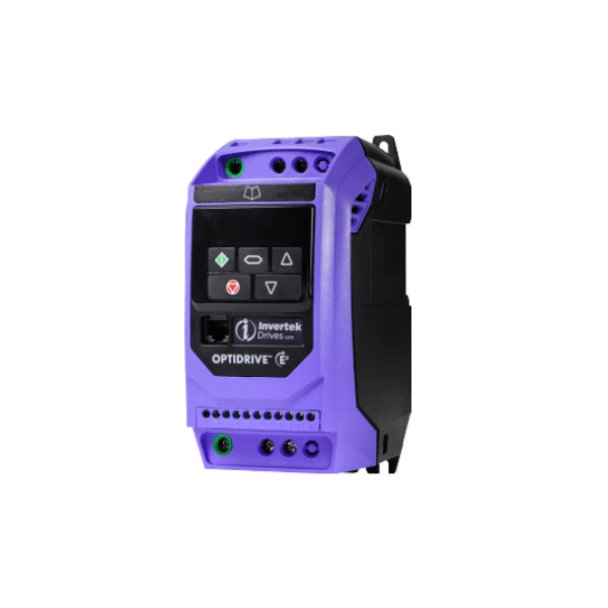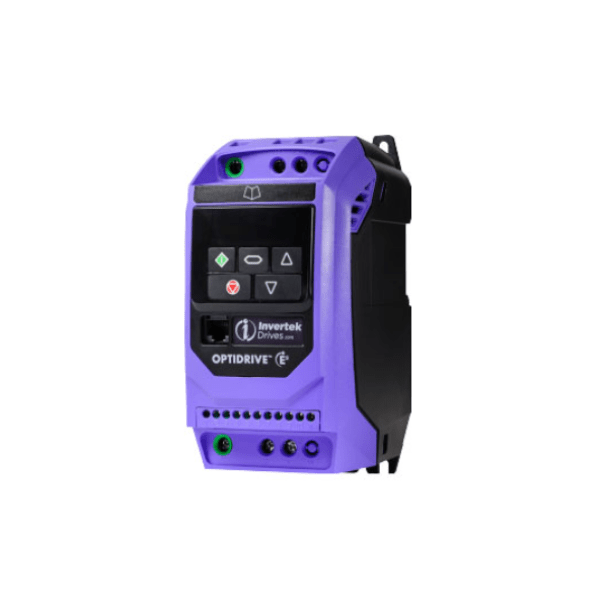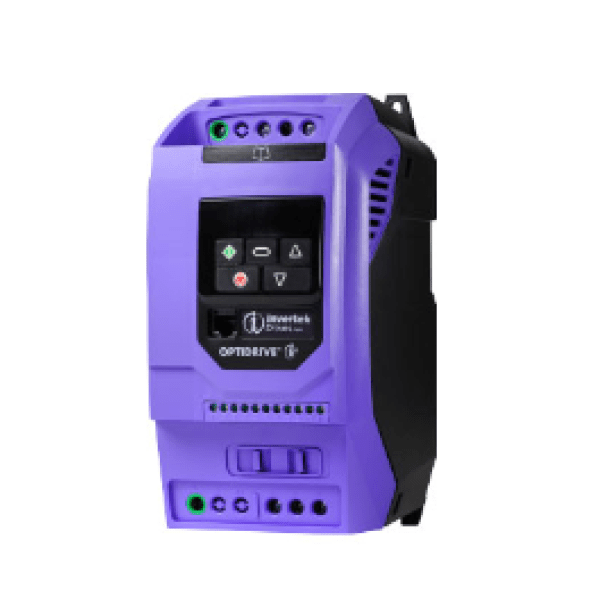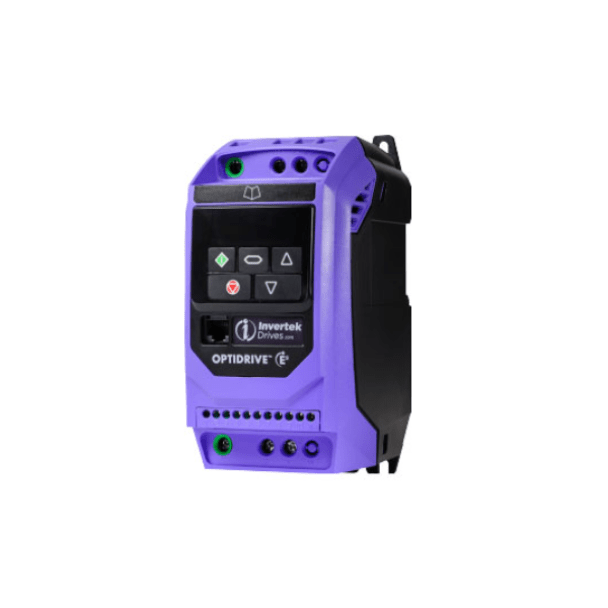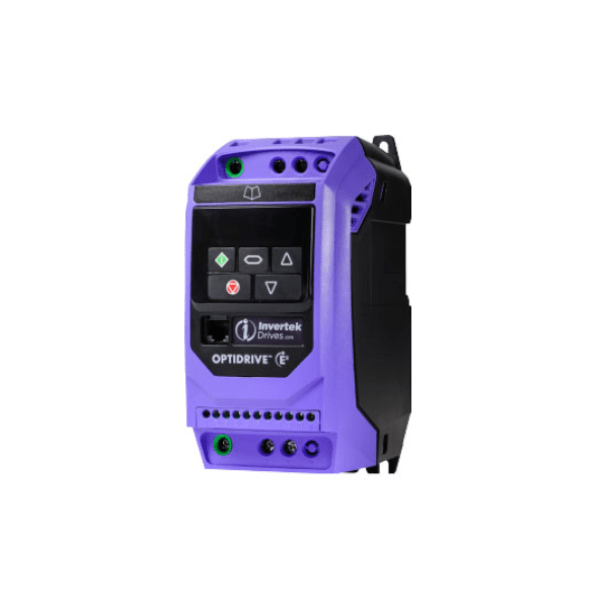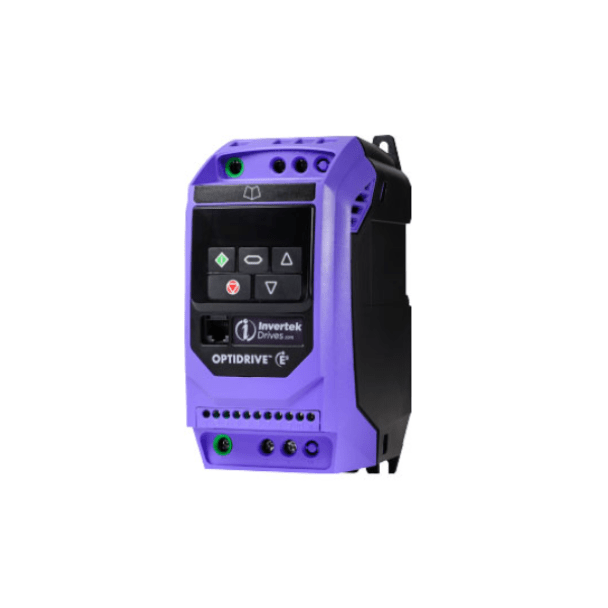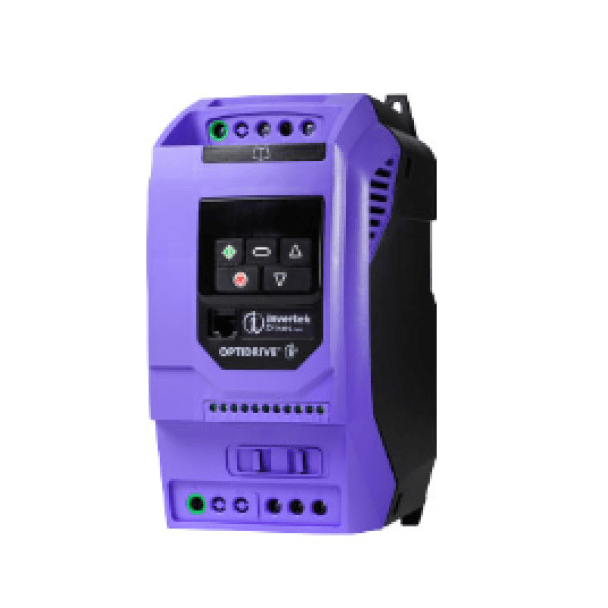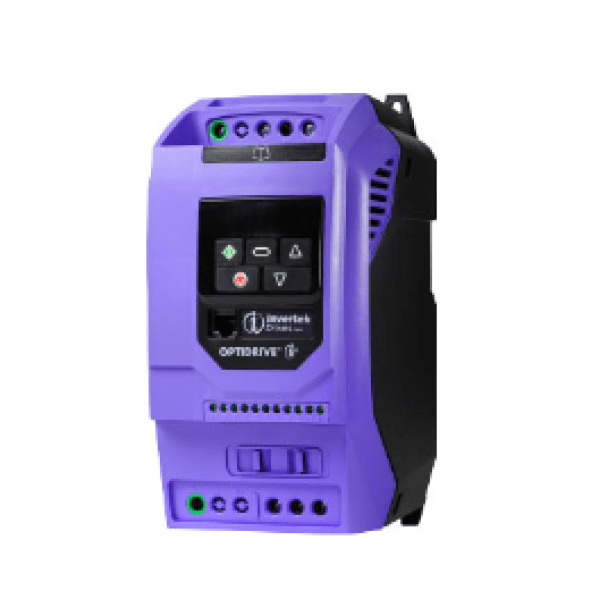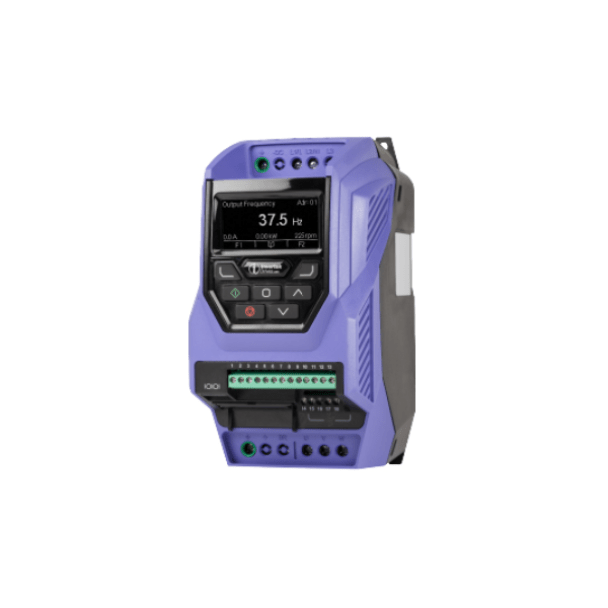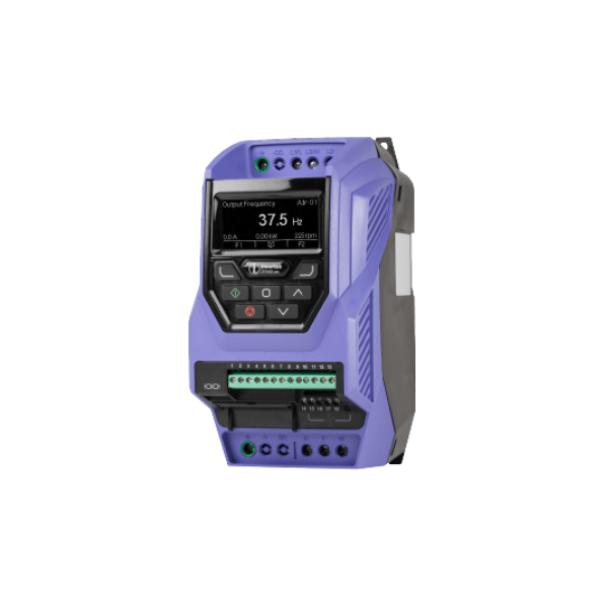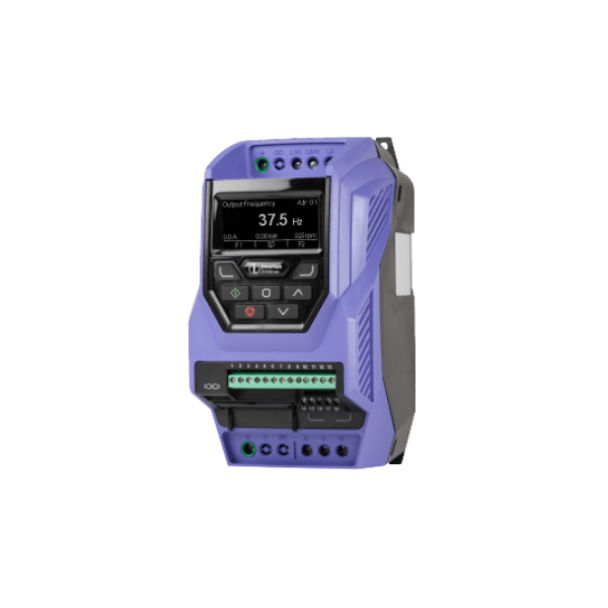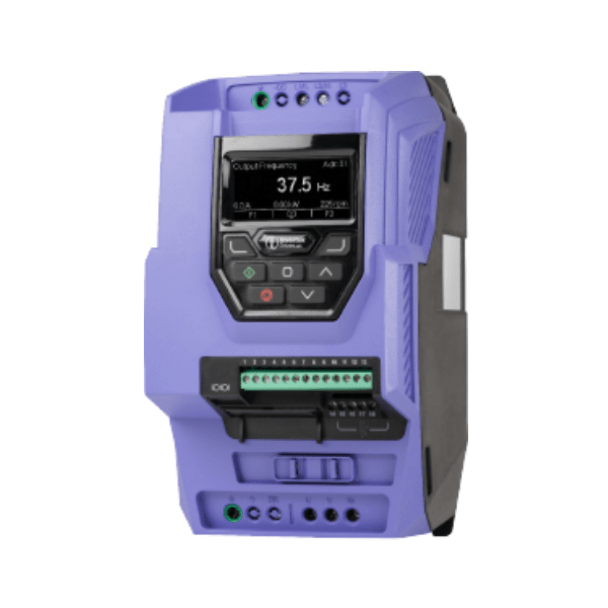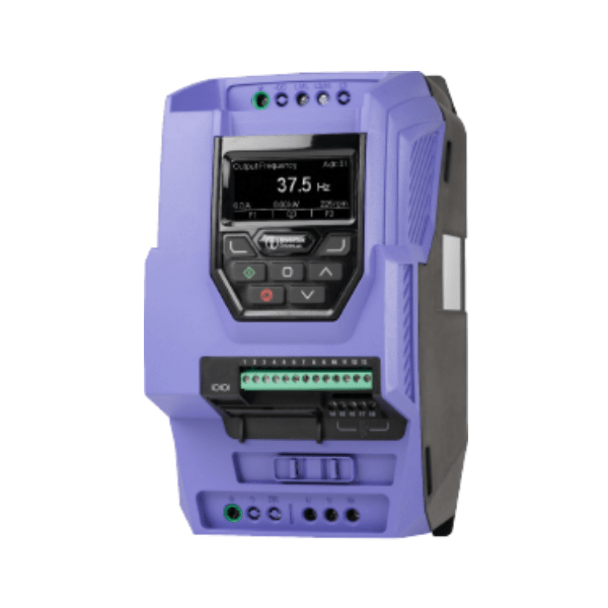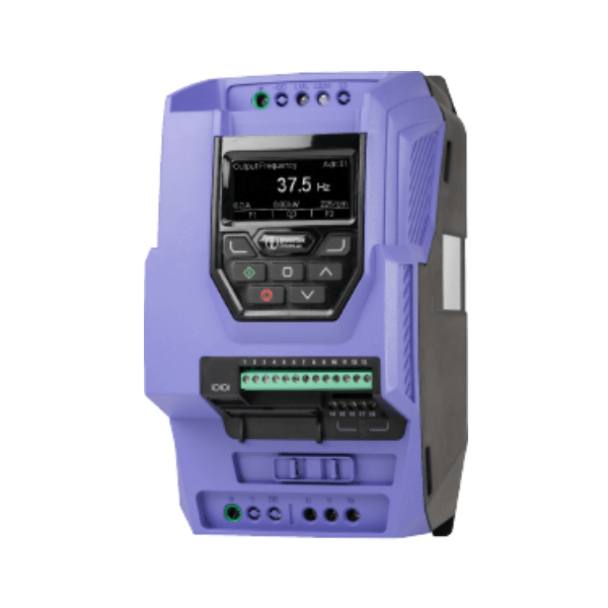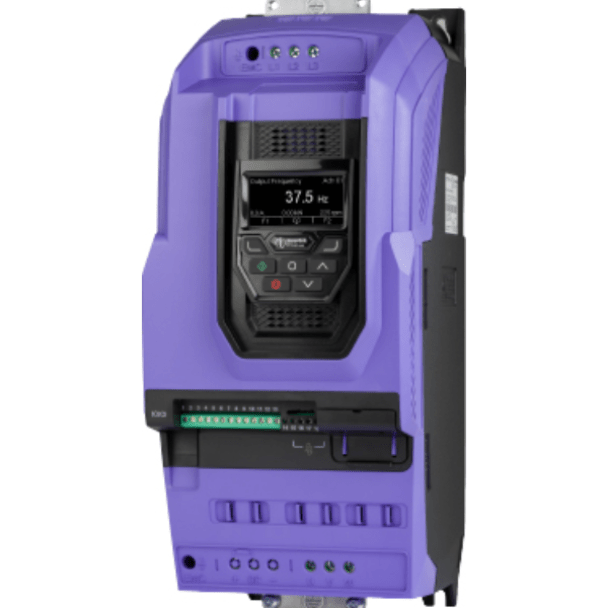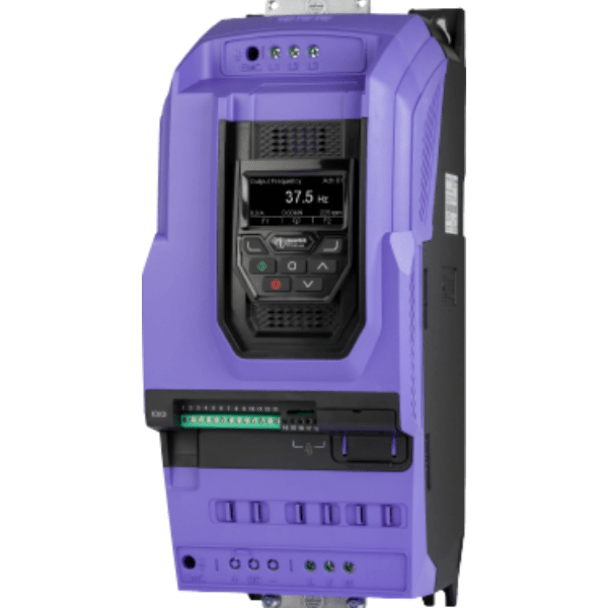Using RCCB with Invertek Variable Speed Drives
Residual Current Circuit Breakers (RCCBs), sometimes referred to as Residual Current Devices (RCDs), are important safety components in electrical systems. The RCCB's main purpose is to detect any level of earth leakage current and disconnect the power supply from the electrical system to prevent fire and electric shock hazards.
RCCBs monitor current in all live conductors, and most will trip at ≤30mA leakage current, or if there is an imbalance in the system. This imbalance occurs when current leaks to earth through a person or faulty insulation. Please note, RCCBs do not protect against short circuits or over current faults. Additional protective devices such as Miniature Circuit Breakers (MCBs) or fuses are still required for additional protection.
If you require technical advice regarding a suitable RCCB for your VSD, contact our experts here.
How RCCBs Respond to Leakage Current Frequency
Due to its high frequency switching functionality, a variable speed drive (VSD) fundamentally generates leakage currents, which is caused by its Electromagnetic Compatibility (EMC) filters, direct current (DC) link components, motor cable capacitance, etc. Circuit breakers tend to respond differently based on the frequency of the leakage current.
Low Frequency alternating current (AC) and DC current are crucial for employee protection, which should be detected by the RCCB. On the other hand, high frequency leakage currents are not relevant to human safety, but it could cause nuisance tripping if the RCCB used is overly sensitive to it. Hence it is important to choose the suitable circuit breaker.
Selecting an Appropriate RCCB for a VSD
When selecting an RCCB for use with a VSD, the following should be considered:
The purpose: is it required for employee protection or fire prevention?
Potential faults: assess the types of faults that can happen in the system.
Leakage current types: check the ability of the RCCB to distinguish between relevant and nuisance currents.
Guide to Common RCCB Types

From the table above, we can conclude that type B RCCB will be suitable for VSD applications as they can detect all types of leakage currents, including smooth DC, which is common in VSD systems.
Other considerations to account for when selecting an RCCB:
Time Delay
Motor Cable Length
Manufacturer Data
RCCBs play a vital role in both electrical safety and fire protection. Choosing the right RCCB requires careful consideration of its intended purpose, the types of faults it needs to detect, the nature of leakage currents, the length of motor cables, and other relevant factors. This ensures effective protection while minimising the risk of nuisance tripping.
